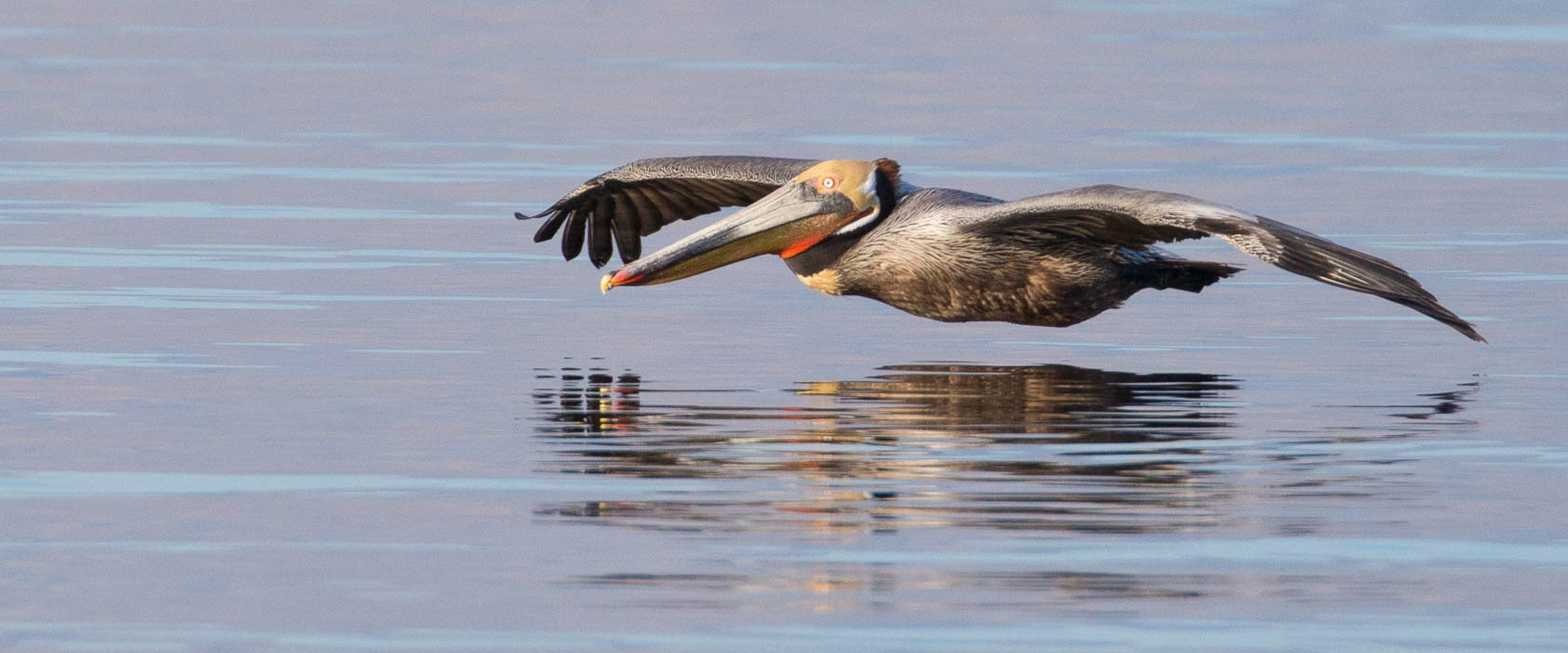The Richard T. Paul Alafia Bank Bird Sanctuary is the crown jewel of wading bird rookeries on the Gulf Coast, with 16 species nesting there, including our most iconic Florida species - Brown Pelicans and Great Egrets - and some of our rarest birds - Reddish Egrets, Roseate Spoonbills, and American Oystercatchers. More than 8,000 waterbirds depend on this special place as a nursery to safely raise young. It has survived this long thanks to the generosity of its owners, the Mosaic Company and Port Tampa Bay, and the management of Audubon biologists.
Unfortunately, invasive non-native trees have overtaken upland portions of the Sanctuary. Leadtree, so weak-limbed that birds won’t build nests in it, is an aggressive tree that out-competes native coastal hammock species. Brazilian peppers shade out native mangroves, the preferred nesting habitat of pelicans, egrets, herons, and spoonbills. Removal of both invasive trees and replanting with native shrubs and trees will encourage greater mangrove foliage density and provide the coastal hammock habitat so valuable for migrating songbirds.
In 2017, Audubon Florida obtained a matching grant from Hillsborough County’s Environmental Protection Commission to remove the harmful invasive trees and replace them with beneficial native plants. Work will get underway later this year so stay tuned to our website and social media for updates!









